Ibaraki Prefecture | A Land of Abundance and Knowledge in Harmony
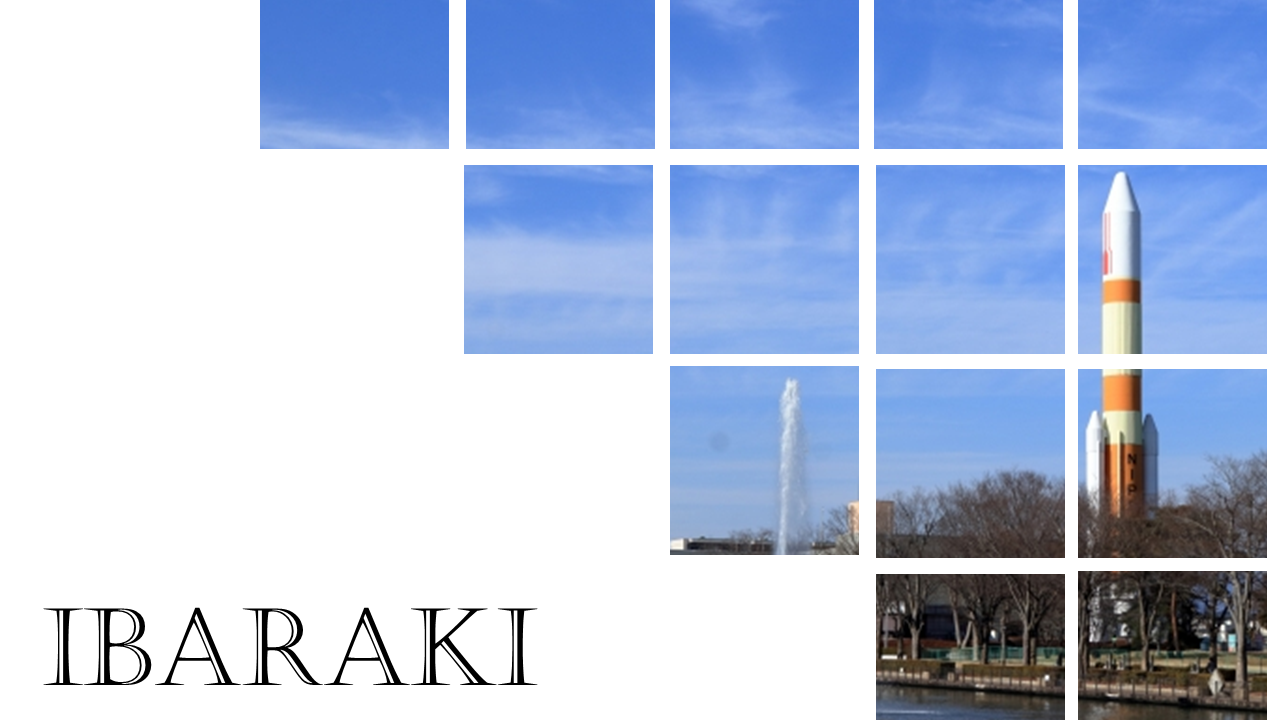
Ibaraki Prefecture | A Land of Abundance and Knowledge in Harmony
Located in the northeastern part of the Kanto region, Ibaraki Prefecture is a place where rich natural landscapes and thriving industries coexist in balance.
The coastal areas facing the Pacific Ocean are lined with expansive plains, while the inland is marked by the quiet presence of mountains such as Mount Tsukuba. Long revered as a sacred peak, Mount Tsukuba’s graceful form continues to hold a special place in people’s hearts.
Blessed with abundant water sources such as Lake Kasumigaura and the Naka River, the region has long prospered through agriculture and fishing. The prefecture ranks among the highest in Japan for the production of lotus root, melons, and chestnuts—crops that speak to the strength and fertility of its land. In the port town of Oarai, fresh seafood is landed daily, and local dishes like monkfish hot pot are widely enjoyed.
In modern times, Ibaraki has also emerged as a hub of science and technology. The city of Tsukuba, in particular, is home to numerous research institutes and universities, forming one of Japan’s leading centers of academic and technological innovation.
A place where nature, food, culture, and cutting-edge science quietly intersect, Ibaraki offers a wealth of attractions woven into the fabric of everyday life.
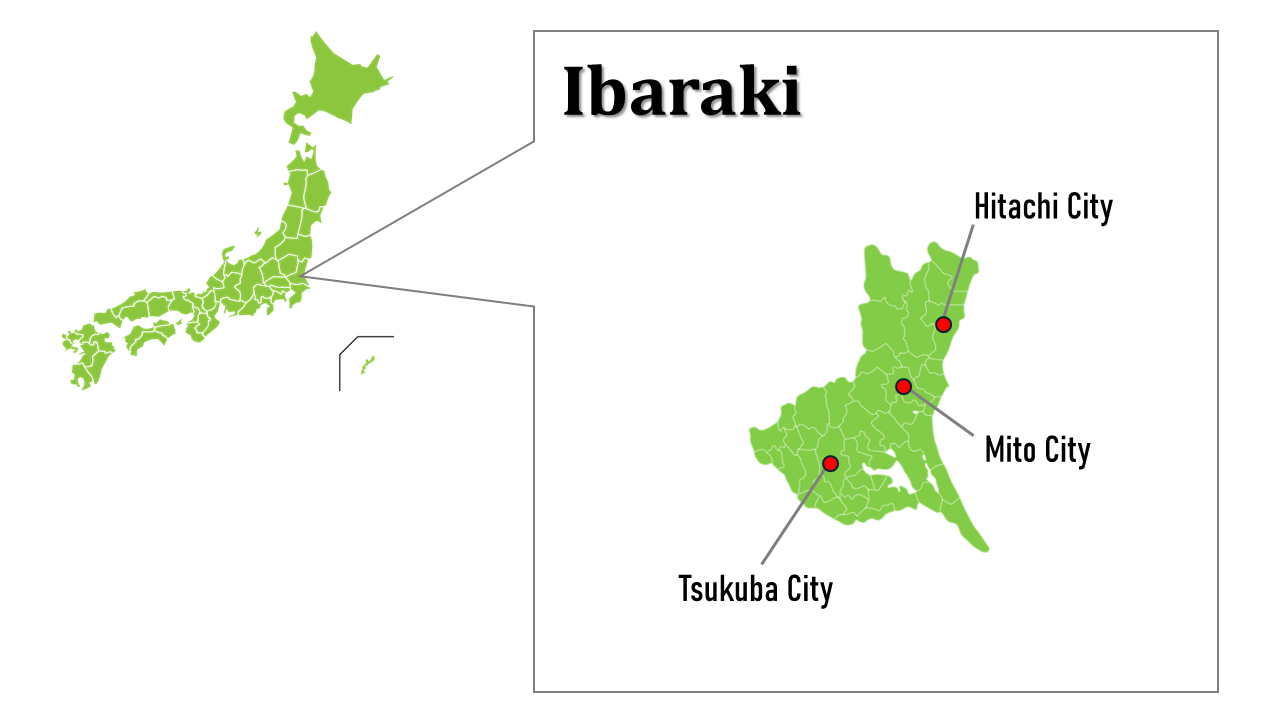
Prefectural Capital
- Mito City
Major Cities
- Mito City
- Tsukuba City
- Hitachi City
Population
- Approximately 2.8 million
Major Tourist Attractions and Events
- Kairakuen Garden (One of the Three Great Gardens of Japan)
- Mount Tsukuba
- Hitachi Seaside Park
- Kashima Jingu Shrine
Local Cuisine
- Natto(fermented soybeans)
- shimotsukare ( Traditional Ibaraki specialty made with salmon head, soybeans, vegetables, and sake lees)
- Dried sweet potatoes
- Anglerfish hot pot
Craft Works
- Yūki tsumugi(Yuki silk pongee)
-
Kasama ware
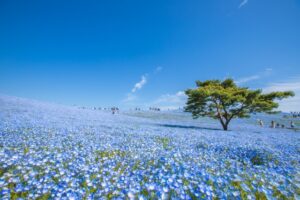
The Nemophila at Hitachi Seaside Park, a national park, is a breathtaking sight that attracts attention from both Japan and abroad.
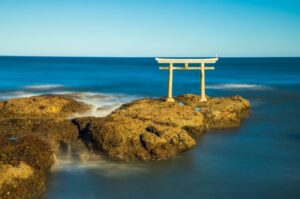
“The torii gate of Isosaki Shrine on the Oarai Coast has become a symbol of Oarai Town.
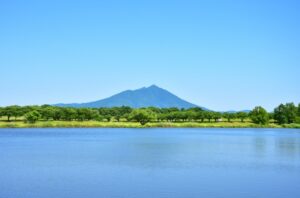
A view of Mount Tsukuba from the Hoboji Reservoir.

Amabiki Kannon is also known as a famous spot for flowers, especially the hydrangeas that bloom during the rainy season, which are particularly popular.
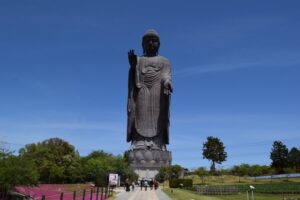
Standing at a height of 120 meters, the Ushiku Daibutsu is the world’s tallest bronze Buddha statue.
Articles about Ibaraki

